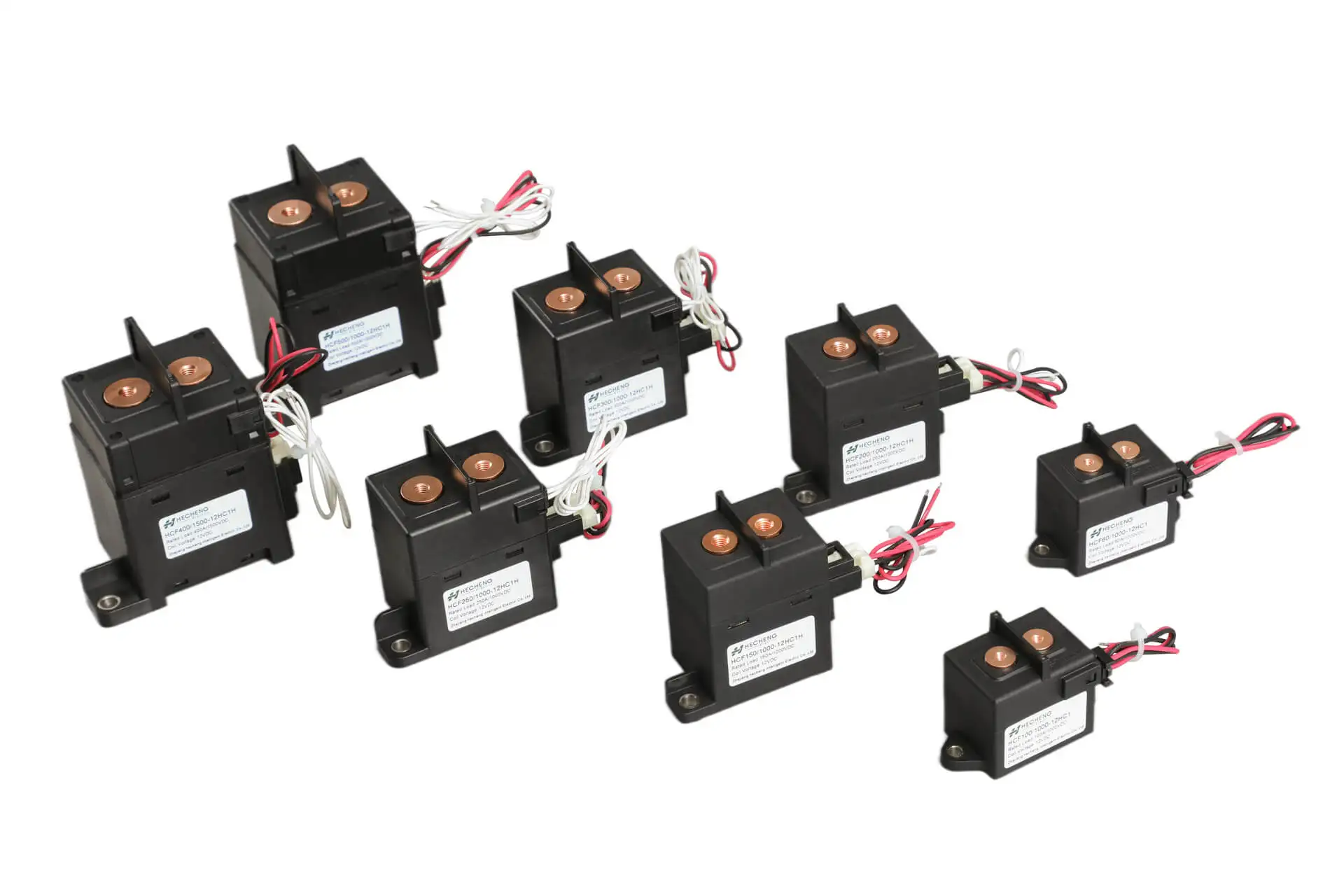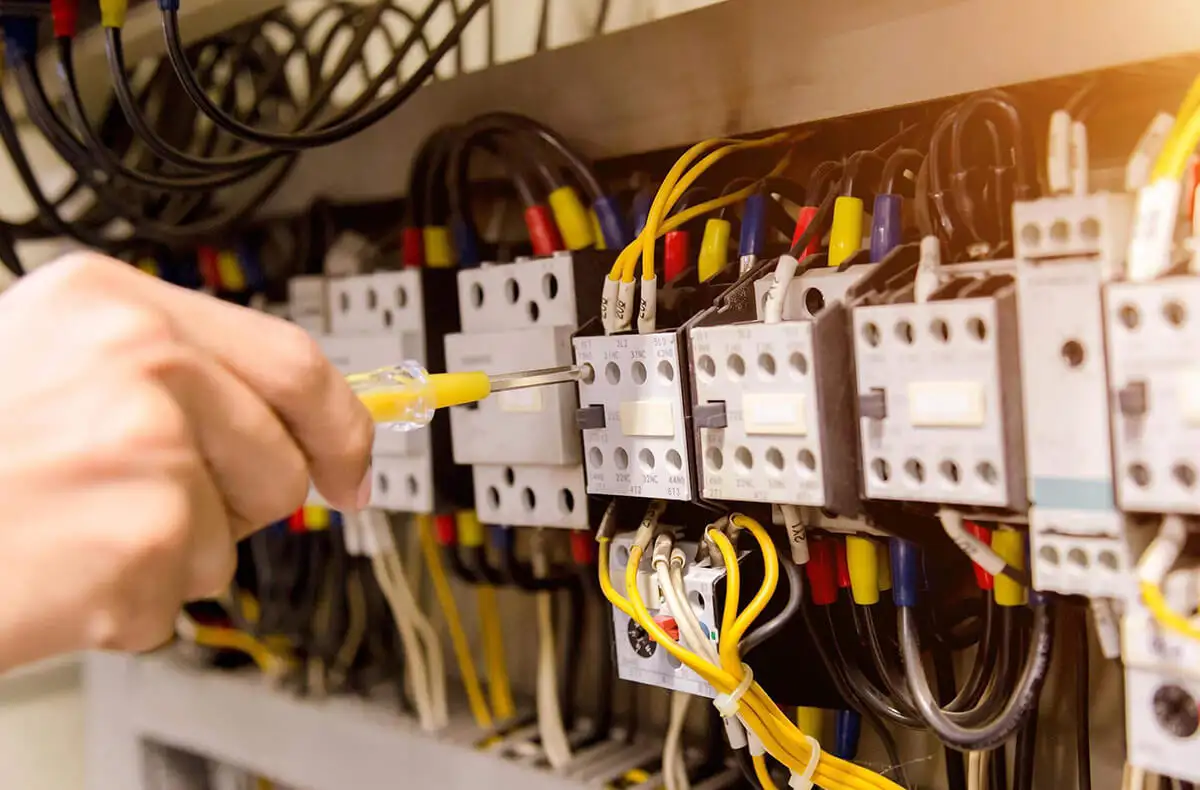The quick answer is yes. But let’s look at the contactors and see how they work.

In Figure 1 above, the terminals have been labeled L1, L2, T1, and T2. The “L” represents line, the source of power. With single phase power there would be two legs of power that would be connected to L1 and L2. The “T” represents load, such as a motor, compressor, or some other device. Think of a simple motor connection where two leads from the motor are connected to the two lines of power. In the case of a contactor, those two motor leads would be connected at T1 and T2.
Look closely at the 2 pole contactor. Note the brass colored material between L1 and T1. This consists of an upper and lower section. The upper section makes contact with the lower section when the contactor coil is energized. This closes the circuit, allowing the power from L1 to pass to T1. There would be continuity between L1 and T1 when the coil is energized. Note that the power energizing the contactor coil may be a different source of power than that which is connected to L1 and L2. When power is removed from the coil, the sections separate and the circuit from L1 to T1 is open and there is no continuity. Each pole on a contactor operates in the same way.
Look at the 1 pole contactor. It’s identified as a 1+ pole! Note that there is only one set of contacts (the brass colored material), hence 1 pole. The circuit between L1 and T1 would operate as we previously discussed. But why the “+” sign and no connection between L2 and T2?
Notice in Figure 2 below that between L2 and T2 there is a “shunt”. It is a solid brass bar connecting L2 to T2. The circuit between L2 and T2 is always closed and is always continuous from L2 to T2. The “+” indicates that there is an additional circuit, but it is not switching between opened and closed.

For 1-pole contactors, use a shunt circuit when the equipment being run always supplies power to it, such as in the case of a crankcase heater.
When replacing a 1 pole contactor with a 2 pole remember that L2 to T2 would be opening and closing as the coil is energized. If a crankcase heater were connected through this path it would not always be energized. So how could a 2 pole replace a 1 pole and provide the same operation? The crankcase heater or any other device that should be constantly energized would be connected to the same side as the power, L2. It would then be constantly energized. Some might say attach a jumper between L2 and T2. This would provide constant power to the crankcase heater. However, you would lose the ability of opening and closing the circuit of L2 and T2. The two legs that turn the power on and off can be seen as a safety feature.
Yes, pole 1 can be replaced with pole 2, which provides additional switching capability. However, be sure to determine if any devices on the 1-pole shunt side need to be continuously energized, and if so, make any necessary connection adjustments.






